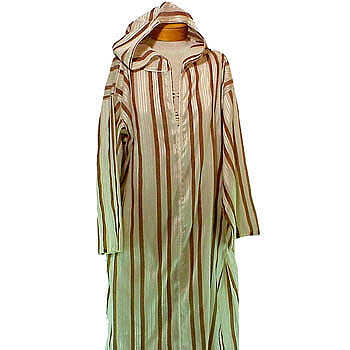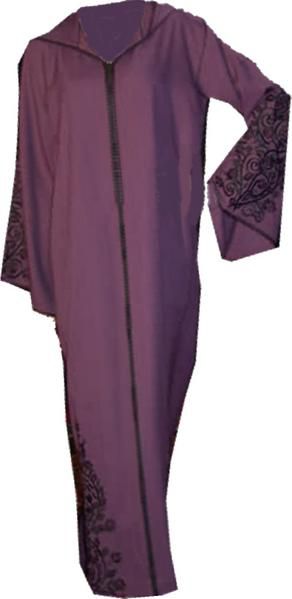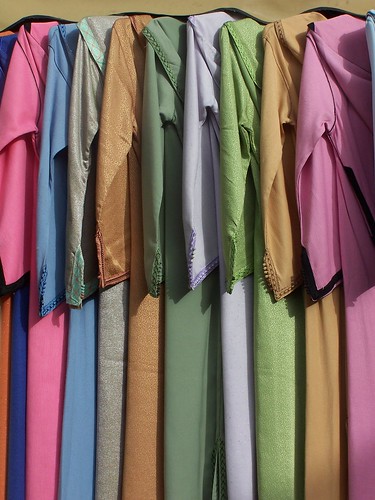Morocco blends you with tradition
Morocco is an exclusive and breathtaking place which most of us would love to visit. The incredible miscellany all over the country, the color and buzz of the medieval medinas would truly be a memorable experience for each one of us. The Moroccan culture is so affluent and unfathomable which makes you discover more. They are also very affluent in history and traditions which strongly influences on their clothing and the way in which each Moroccan women and men dress. They treasure their cultural heritage and are proud of it. Moroccan clothes which are a part of country’s history are considered as one of the most treasured things in Moroccan culture. Depending on age, family, location and marital status their dressing also varies. Some people also wear t-shirts and tight jeans.
Djellaba, a lightweight woolen fabric is considered as one of the most traditional clothing for both men and women. Djellaba is a loose robe commonly worn throughout Morocco. This is something which you cannot miss from the moment you step into Morocco. These are full sleeve loose long robe with a hood worn on top of whatever you wear and purpose is to hide your figure. There are northern and the southern djellaba for men and kaftan for women. Both men and women wear official clothes like Djellaba on special occasions. Men also be dressed in a red cap called bernousse, commonly known as Fez on special occasions which add to the beauty of their attire and women prefer Kaftans garlanded with beautiful ornaments. Most people in Morocco prefer Djellaba the most because of Islamic religion and it covers the whole body. Thus Djellaba is considered as one of the modest outfit in Morocco.
Kaftan is traditional clothing in Morocco. These are mainly worn during weddings and also during celebrations. Kaftans are similar to Djellaba, the only difference is that Kaftans do not come with a hood and are fancier than Djellabas. Some Moroccans completely cover their head with djellaba while others do not. Even though Kaftan was originally for mens, gradually women also captured.
Gandora is also common clothing in Morocco. It is also a typical robe which comes with short sleeves and they do not have a hood like Djellaba. It has a pocket on one side and a slit on the other side. The sleeve openings and the neck region is decorated with strong embroidery which makes it a traditional Moroccan garment.
Most Moroccan women prefer “Moroccan wardrobe”. This is an expensive garment as most of the work is finished by hand. Even though it is expensive, most women buy at least one latest takchita or kaftan every year. These are commonly worn on religious festival, wedding and on special social events. Next is the tarbush also known as terbouch. Terbouch is a truncated cone which symbolizes a red felt hat. Belgha baboosh or the leather slippers also comes in this list. Some men also wear the traditional Sahrawi called the derraa which is loose short made of blue cotton.
Many fashionable clothes are there for women in Morocco, but the Kaftan is one of the most famous dresses used by women. With time it has undergone many changes but it is still considered as one of the most fashionable cloth which has withstood many modern touches as well.








